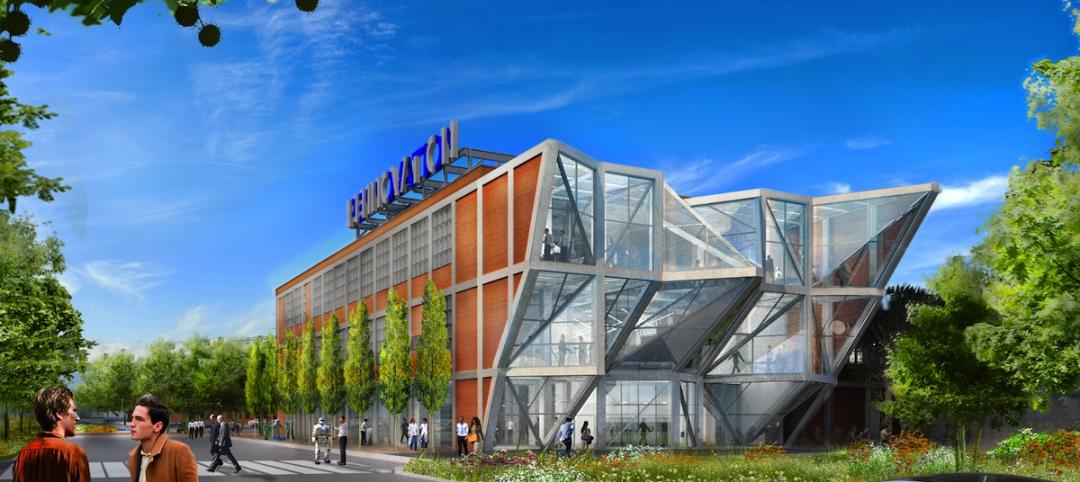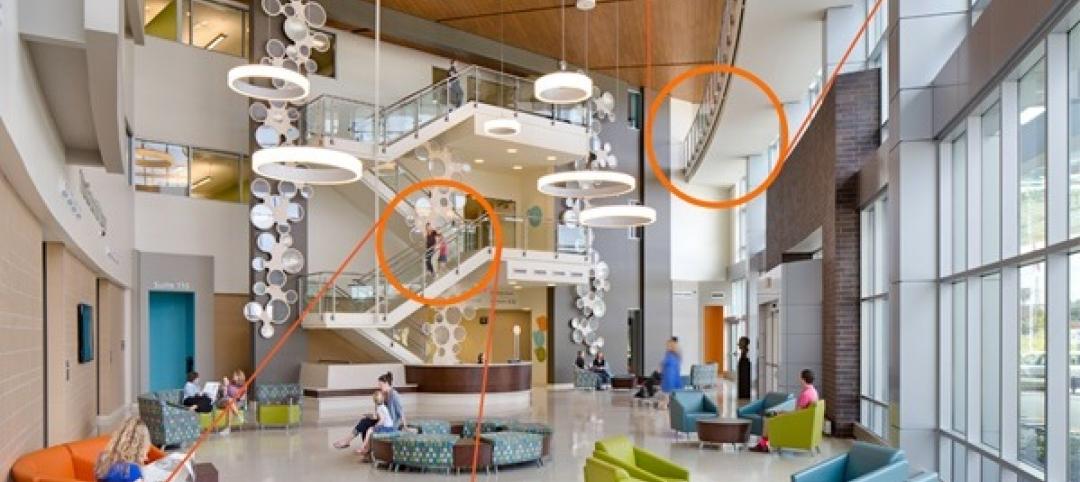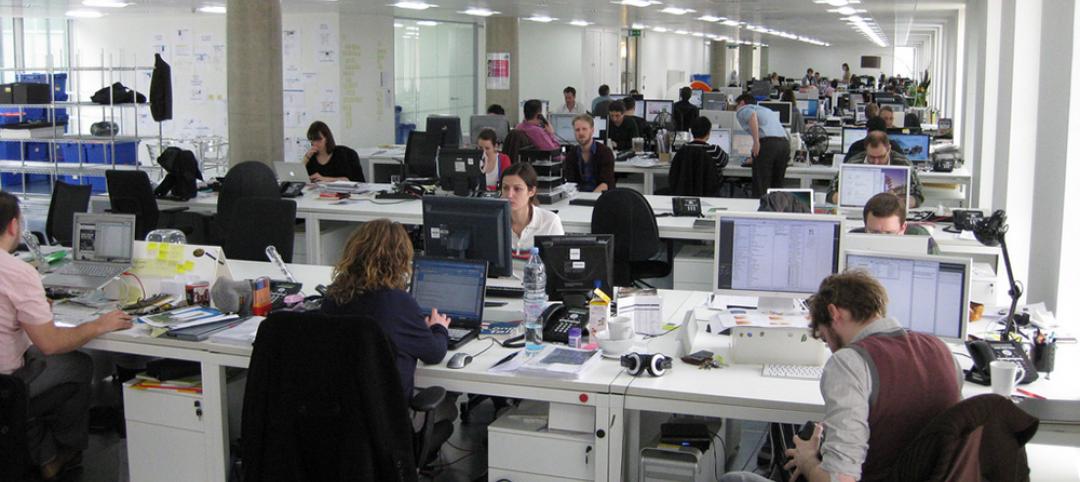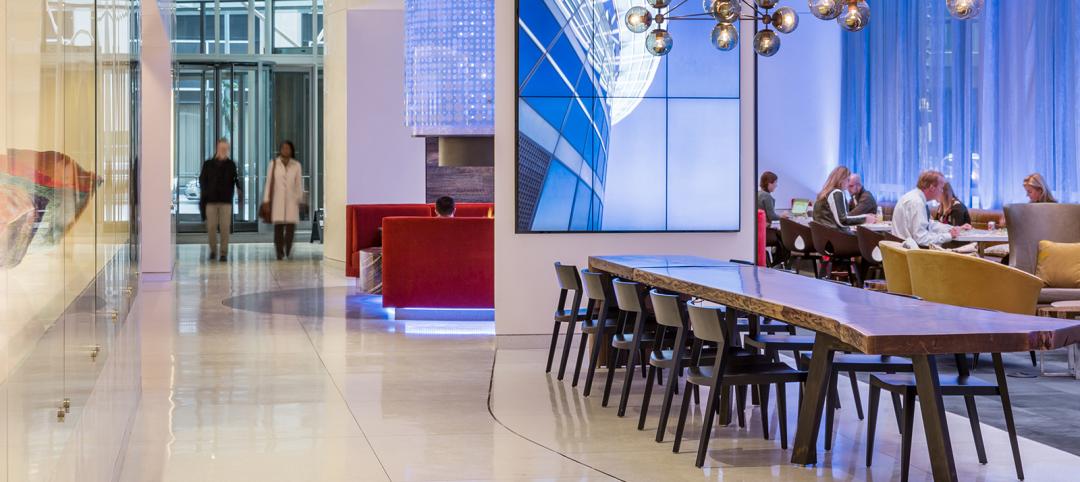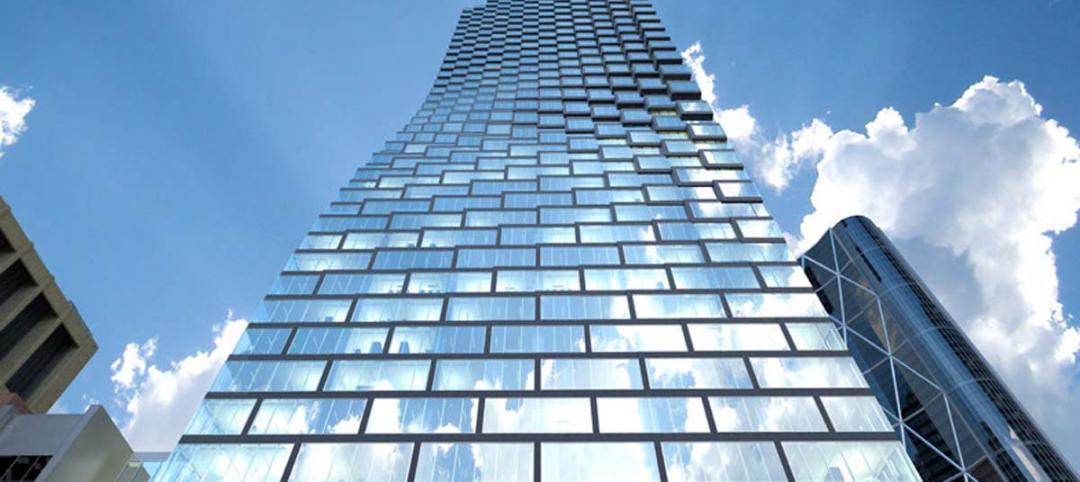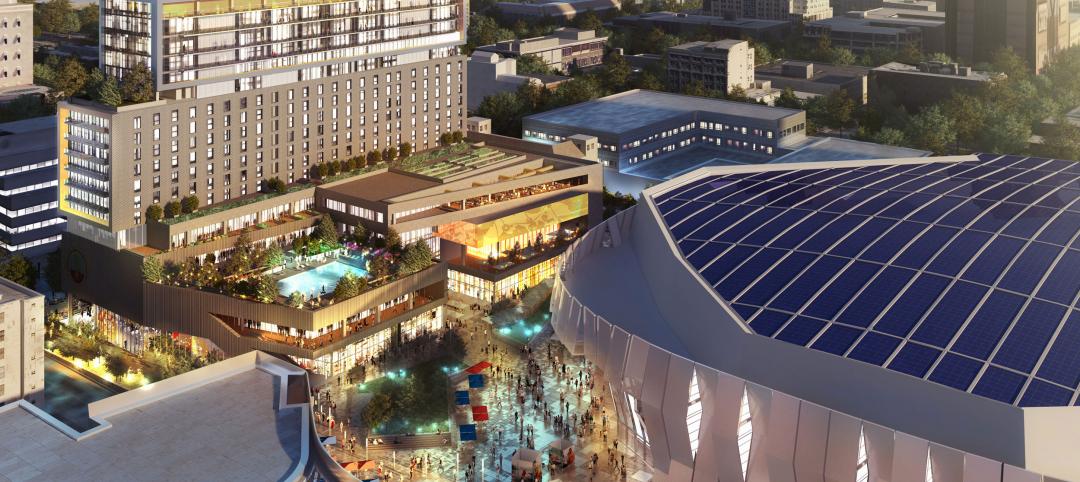Scientists are learning more about the natural range of variation in human cognition. Investigations have given rise to the concept of “neurodiversity,” for people who aren’t neurotypical and function under conditions such as autism spectrum disorder, attention deficit syndrome, dyslexia, and Tourette syndrome. An estimated 15% to 20% of people are what’s known as “neurodivergent.” And even among people who are considered neaurotypical, 25% will experience a mental health challenge such as depression or stress.
This presents challenges to businesses that want to create a welcoming office environment for neurodiverse workers who often possess exceptional talents that can be derailed or made less efficient by certain visual or aural distractions.
HOK has released a new 22-page report titled “Designing a Neurodiverse Workplace.” Its general premise favors inclusive design that, instead of trying to choose or change people to fit their environment, an organization can get the right people for its needs—and simultaneously help them live more fulfilling lives— by changing the environment to welcome all those people who offer unique talents.
One of the experts who participated in this report is Gearoid Kearney, CEO of myAccessHub, which uses virtual reality and eLearning to educate employees and build autism-inclusive workplaces.
“Ask the neurodiverse what works and what doesn’t, and include them in the decision making,” advises Caroline Turner, Founder and Managing Director of Creased Puddle, a neurodivergent consultancy. “Don’t let fear be a barrier.”
 In WPP’s office at 3 World Trade Center in New York, vibrant pops of color, pattern, playful artistic elements and varied lighting schemes create a stimulating, energized space in a location, which occupants can elect to experience or avoid.
In WPP’s office at 3 World Trade Center in New York, vibrant pops of color, pattern, playful artistic elements and varied lighting schemes create a stimulating, energized space in a location, which occupants can elect to experience or avoid.
HOK’s report draws from the firm’s projects, professional and scientific literature, and interviews with thought leaders and medical professionals to provide a blueprint for how design can play a major role creating a neurodiverse workplace that improves workers’ access to opportunities, reinforces organizational values, and facilitates business success.
“Designers have an opportunity to influence the physical and cultural adaptations required to make workplaces more inclusive,” says Kay Sargent, a director of HOK's Workplace practice. “We need to ensure that the most valuable assets and currency of every business—its people—have the opportunity to be happy, healthy, engaged, and empowered.
Essentially, HOK’s thesis is that offices need to be designed with far more options that can sync with individuals’ neurological wiring.
“Neurodiverse thinkers often can be over- or under-stimulated by factors in their environment such as lighting, sound, texture, smells, temperature, air quality or overall sense of security. One of the most effective ways to design for diversity is to provide choices,” the report states.
 In the office of Cheryl Winter Coaching, a research and advisory company, clean, crisp spaces accented by strategic use of color and pattern generate interest without being overwhelming. Natural materials bring a sense of comfort. The lighting rhythm creates subtle movement and interest.
In the office of Cheryl Winter Coaching, a research and advisory company, clean, crisp spaces accented by strategic use of color and pattern generate interest without being overwhelming. Natural materials bring a sense of comfort. The lighting rhythm creates subtle movement and interest.
HOK breaks down its recommendations into spatial organization and character, acoustic quality, thermal conform, lighting, and degrees of stimulation. Each is illustrated by specific workplace examples.
The report points out, for example, that thermal comfort consistently ranks on workplace surveys as one of the top environmental irritants. Researchers have found that it has a significant impact on productivity. One solution to this variety is to provide individual temperature controls, such as an operable window or air diffuser, to enable workers to adjust their thermal environment to their liking.
Ultimately, the report contends, the opportunity for staff to have a measure of control over their exposure to an office’s temperature, lighting, noise, proximity to coworkers, colors and patterns can go a long way toward providing a setting that can accommodate a fuller cognitive spectrum.
“Providing different microenvironments to choose from is one approach. Minimizing visual clutter, creating quiet and tech-free zones, and incorporating areas of rest and reprieve into circulation areas and level changes can also be beneficial,” the report says.
 Use of color at Convene’s Los Angeles coworking space creates visual interest while highlighting and defining seating areas as individual pods. The graphic element along the stairs ties together the spaces while assisting with wayfinding.
Use of color at Convene’s Los Angeles coworking space creates visual interest while highlighting and defining seating areas as individual pods. The graphic element along the stairs ties together the spaces while assisting with wayfinding.
HOK offers a list of design strategies, operational changes, and individual adjustments that can all contribute to the development of a neurodiverse environment. These include basic suggestions like “ensure access to daylight” and “give people choices about where they sit,” to more involved approaches like “provide assistive software and technology such as speech-to-text software, time management programs and organizational tools.”
What’s clear is that neurodiversity only happens if it’s bought into at all levels of an organization, says Helen Needham, Founder of Me.Decoded, which is dedicated to promoting neurodiversity, and shares personal stories on its website.
“Obstacles faced by the neurodivergent often start before they reach the workplace,” she states. “[They begin] with the way in which jobs are advertised and how potential candidates are assessed for open roles.”
Organizations need to clear those roadblocks, she says, and “highlight the benefits of neurodivergent thinking and how changes to support the neurodivergent will benefit everyone.”
Related Stories
Office Buildings | Mar 3, 2015
Former DuPont lab to be converted into business incubator near UPenn campus
The new Pennovation Center will provide collaborative and research spaces for educators, scientists, students, and the private sector.
Office Buildings | Mar 1, 2015
Google unveils dramatic tent-like, modular-focused plan for corporate HQ
The master plan by Bjarke Ingels and Thomas Heatherwick will wrap highly flexible office blocks in soaring translucent canopies.
Office Buildings | Feb 26, 2015
Using active design techniques to strengthen the corporate workplace and enhance employee wellness
The new Lentz Public Health Center in Nashville, Tenn., serves as a model of how those progressive and healthy changes can be made.
Sponsored | Shopping Centers | Feb 26, 2015
A color-changing gateway for Altara Center
Valspar works with developers to complete a multicolored shopping center façade in Honduras.
Office Buildings | Feb 23, 2015
The importance of quiet and the consequences of distraction
Recent work style studies show that the average knowledge worker spends 25-35% of their time doing heads-down focused work. Once thrown off track, it can take some 23 minutes for a worker to return to the original task.
Codes and Standards | Feb 18, 2015
USGBC concerned about developers using LEED registration in marketing
LEED administrators are concerned about a small group of developers or project owners who tout their projects as “LEED pre-certified” and then fail to follow through with certification.
Office Buildings | Feb 18, 2015
Commercial real estate developers optimistic, but concerned about taxes, jobs outlook
The outlook for the commercial real estate industry remains strong despite growing concerns over sluggish job creation and higher taxes, according to a new survey of commercial real estate professionals by NAIOP.
Office Buildings | Feb 18, 2015
Why the mobile workplace isn't always mobile
Perkins+Will’s Janice Barnes addresses the nuance in mobility types and explains the importance of defining terms upfront.
High-rise Construction | Feb 17, 2015
Work begins on Bjarke Ingels' pixelated tower in Calgary
Construction on Calgary’s newest skyscraper, the 66-story Telus Sky Tower, recently broke ground.
Mixed-Use | Feb 13, 2015
First Look: Sacramento Planning Commission approves mixed-use tower by the new Kings arena
The project, named Downtown Plaza Tower, will have 16 stories and will include a public lobby, retail and office space, 250 hotel rooms, and residences at the top of the tower.



